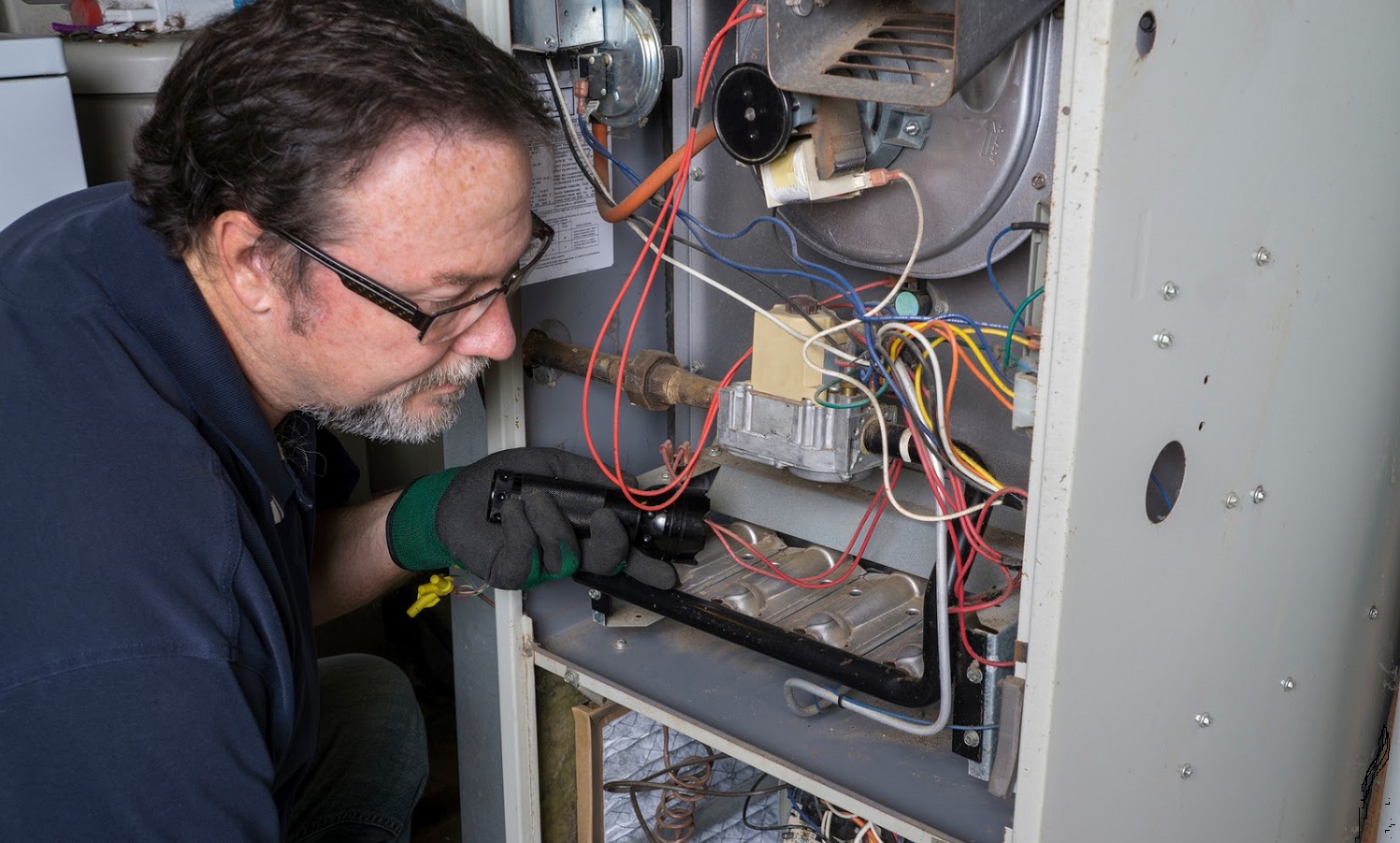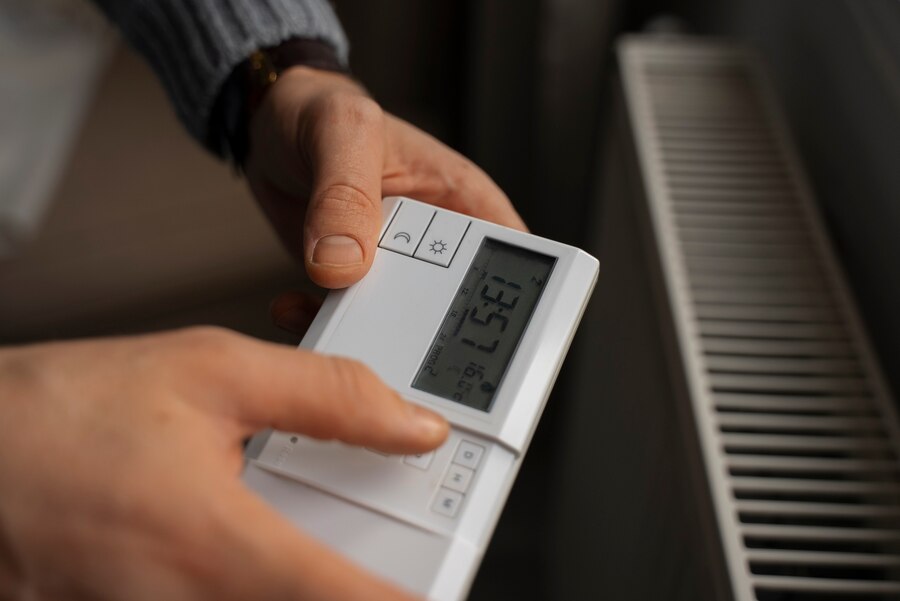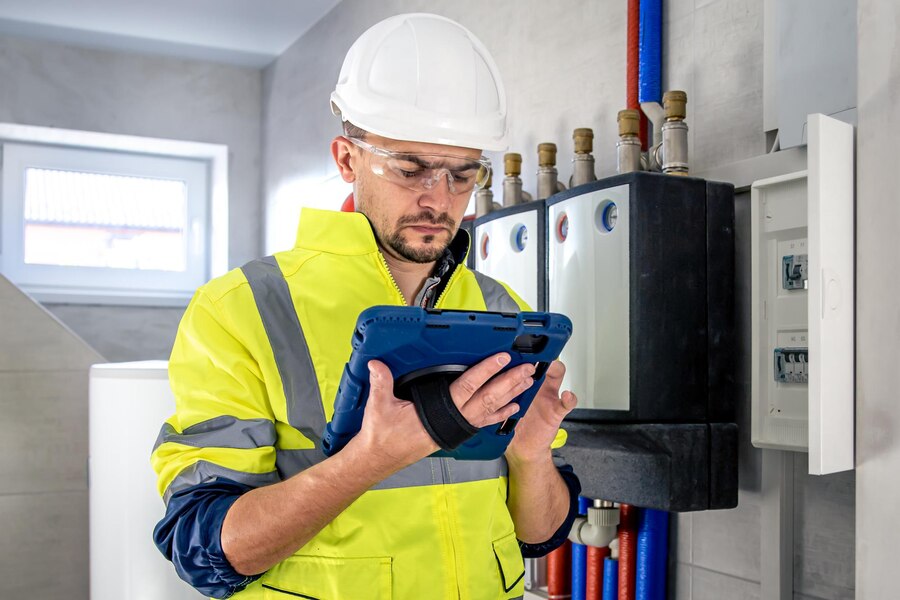
Pilot light provide the initial flame necessary to ignite the main burner and keep the appliance running smoothly. However, pilot lights can sometimes experience ignition failures, leading to issues with heating, hot water, or cooking. In such cases, it’s essential to troubleshoot the problem promptly to ensure the safety and functionality of the appliance.
Heating and Air Conditioning Services
In this guide, we’ll delve into the steps for dealing with pilot light ignition failures, with a focus on the expertise of Tradewind Heating and Air, a leading company in HVAC services. Whether you’re facing a pilot light issue in your furnace or water heater, these troubleshooting steps, coupled with the professional assistance of Tradewind Heating and Air, will help you address the problem effectively.
Learn How to Deal with Pilot Light Ignition Failures
When encountering a pilot light ignition failure, it’s crucial to remain calm and approach the situation systematically. Understanding the basic mechanics of pilot lights and their ignition process can empower you to troubleshoot effectively. Pilot lights are typically ignited by either an electronic ignition system or a standing pilot light.
With electronic ignition systems, a spark or hot surface igniter is used to light the pilot when the appliance calls for heat. On the other hand, standing pilot lights are continuously burning flames that ignite the main burner when needed. If you’re experiencing ignition failures, start by identifying the type of pilot light system your appliance utilizes. This knowledge will guide your troubleshooting process and help you determine the appropriate steps to take.
Check for Gas Supply Issues
A common cause of pilot light ignition failures is a disruption in the gas supply to the appliance. Without an adequate supply of gas, the pilot light won’t ignite or stay lit. Begin by checking the gas valve to ensure it’s fully open. Sometimes, the valve may inadvertently be turned partially or completely off, cutting off the gas flow.
If the gas valve is open but the pilot light still fails to ignite, inspect the gas line for any leaks or blockages. A leak in the gas line can prevent gas from reaching the pilot assembly, while a blockage can impede the flow of gas. If you detect a gas leak or suspect a blockage, it’s crucial to contact a professional technician, such as those at Tradewind Heating and Air, for immediate assistance.

Inspect Pilot Light for Debris or Blockages
Over time, debris such as dust, dirt, or rust can accumulate around the pilot light assembly, hindering its ability to ignite. Additionally, spider webs or other obstructions may obstruct the flow of gas to the pilot light. Inspect the pilot light assembly carefully, looking for any signs of debris or blockages. If you notice any debris or blockages, use a soft brush or compressed air to gently clean the area around the pilot light. Be cautious not to dislodge any components or damage the pilot assembly during cleaning. Once the area is clear of debris, attempt to relight the pilot following the manufacturer’s instructions.
Ensure Proper Ventilation Around Pilot Light
Proper ventilation is essential for the efficient operation of gas appliances, including those with pilot lights. Inadequate ventilation can lead to the accumulation of combustion byproducts, such as carbon monoxide, which poses serious health risks.
Inspect the area surrounding the pilot light for any obstructions or ventilation issues. Ensure that vents and air intake openings are unobstructed and free from debris. Additionally, check for any signs of backdrafting, where exhaust gases are drawn back into the living space instead of being vented outdoors. If you suspect ventilation issues, it’s crucial to address them promptly to prevent safety hazards.
Clean or Replace Thermocouple if Necessary
The thermocouple is a safety device that senses the presence of a pilot flame and generates a small electrical current to keep the gas valve open. If the thermocouple is faulty or malfunctioning, it can prevent the pilot light from staying lit, leading to ignition failures. Inspect the thermocouple for any signs of corrosion, wear, or damage.
If the thermocouple appears worn or damaged, it may need to be replaced. However, before replacing the thermocouple, try cleaning it with a soft cloth or fine sandpaper to remove any buildup or corrosion that may be affecting its performance.
After cleaning or replacing the thermocouple, relight the pilot following the manufacturer’s instructions. If the pilot light continues to experience ignition failures, despite these efforts, it’s advisable to seek professional assistance from experienced technicians, such as those at Tradewind Heating and Air.

Consult a Professional Technician for Further Diagnosis and Repair
If you’ve attempted the troubleshooting steps outlined above and are still experiencing pilot light ignition failures, it’s time to consult a professional technician for further diagnosis and repair. A qualified HVAC technician, like those at Tradewind Heating and Air, has the knowledge, skills, and equipment to identify and resolve complex issues with gas appliances safely.
When scheduling a service call with a technician, provide them with detailed information about the symptoms you’re experiencing, as well as any steps you’ve taken to troubleshoot the problem. This information will help the technician diagnose the issue more efficiently and accurately. During the service visit, the technician will perform a comprehensive inspection of the appliance, including the pilot light assembly, gas supply, ventilation system, and other relevant components.
They may also conduct tests and measurements to pinpoint the root cause of the ignition failures. Based on their assessment, the technician will recommend appropriate repairs or replacements to restore the appliance’s functionality and safety. Whether it’s repairing a faulty gas valve, replacing a worn thermocouple, or addressing ventilation issues, the technician will ensure that the necessary repairs are carried out efficiently and effectively.
Pilot Light Ignition Failures at Tradewind Heating and Air
Dealing with pilot light ignition failures can be a frustrating experience, but with the right knowledge and approach, you can troubleshoot and resolve the issue effectively. By following the steps outlined in this guide and seeking professional assistance from experienced technicians, such as those at Tradewind Heating and Air, you can ensure the safety and functionality of your gas appliances.

FAQs
- What is a pilot light, and why is it important in gas appliances?
- A pilot light is a small, continuously burning flame that provides the initial ignition source for gas appliances such as furnaces, water heaters, and stoves. It plays a crucial role in igniting the main burner and ensuring the smooth operation of the appliance.
- What are some common signs of pilot light ignition failures?
- Common signs of pilot light ignition failures include difficulty lighting the pilot, a weak or flickering pilot flame, or the pilot flame going out repeatedly after being lit.
- What are some possible causes of pilot light ignition failures?
- Pilot light ignition failures can be caused by various factors, including a disruption in the gas supply, debris or blockages around the pilot light assembly, ventilation issues, or a faulty thermocouple.
- How can I troubleshoot pilot light ignition failures on my own?
- You can troubleshoot pilot light ignition failures by checking the gas supply, inspecting the pilot light assembly for debris or blockages, ensuring proper ventilation around the pilot light, and cleaning or replacing the thermocouple if necessary.
- What should I do if I suspect a gas leak?
- If you suspect a gas leak, evacuate the area immediately and contact your gas utility provider or emergency services for assistance. Do not attempt to relight the pilot or operate any gas appliances until the issue has been addressed.
- Is it safe to relight the pilot light myself?
- Relighting the pilot light yourself can be safe if done correctly and if you’re confident in your ability to do so. However, if you’re unsure or uncomfortable, it’s best to seek professional assistance from qualified technicians.
- What should I do if the pilot light continues to go out after relighting it?
- If the pilot light continues to go out after relighting it, there may be underlying issues such as a faulty thermocouple, gas valve problem, or ventilation issue. In such cases, it’s best to contact HVAC professionals for further diagnosis and repair.
- How often should I have my gas appliances serviced to prevent ignition failures?
- It’s recommended to have your gas appliances serviced annually by qualified technicians to ensure they’re operating safely and efficiently. Regular maintenance can help prevent issues such as pilot light ignition failures.
- Can pilot light ignition failures be prevented?
- While some pilot light ignition failures may be inevitable due to factors like wear and tear, regular maintenance, cleaning, and inspection of gas appliances can help prevent issues and ensure proper functioning.
- How can professional HVAC technicians assist with pilot light ignition failures?
- Professional HVAC technicians have the expertise, tools, and experience to diagnose and repair pilot light ignition failures effectively. They can identify underlying issues, perform necessary repairs or replacements, and ensure the safety and functionality of gas appliances.
